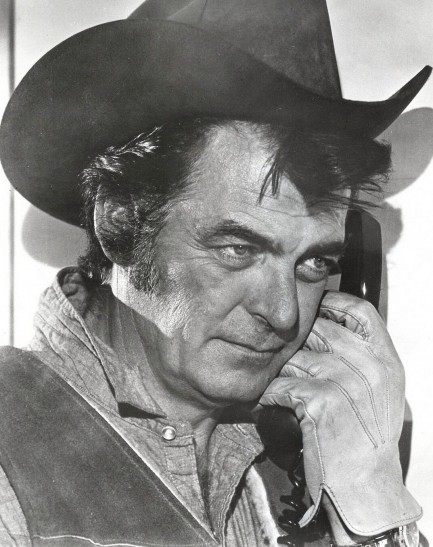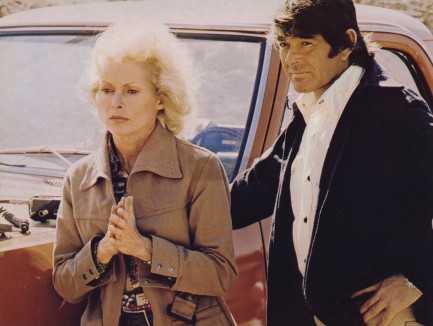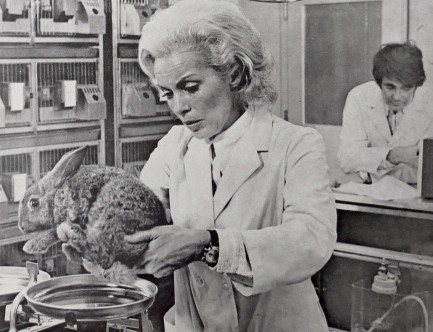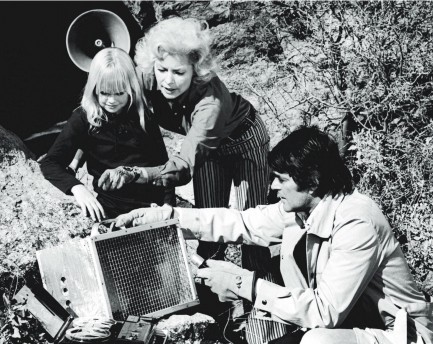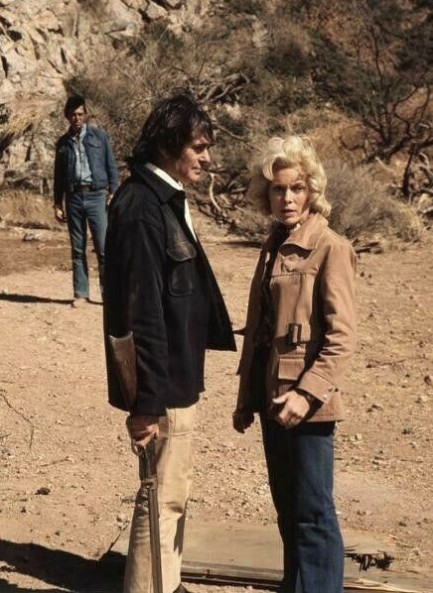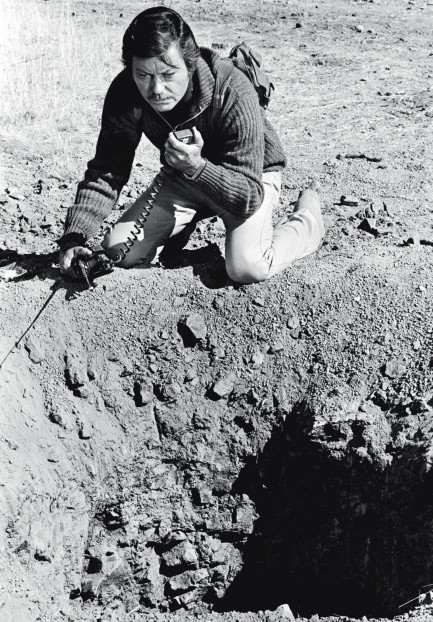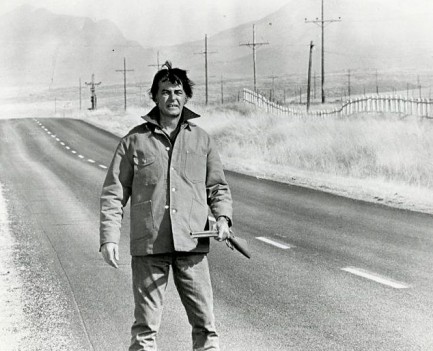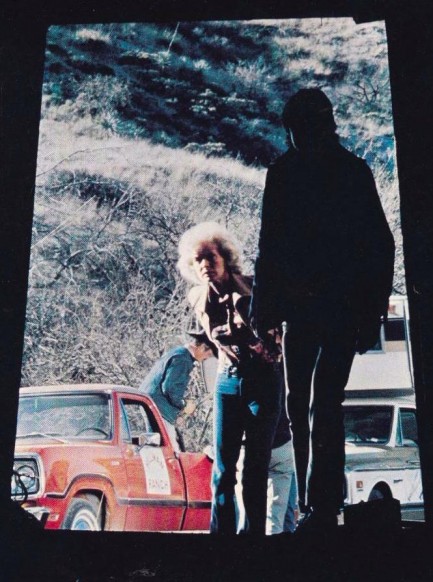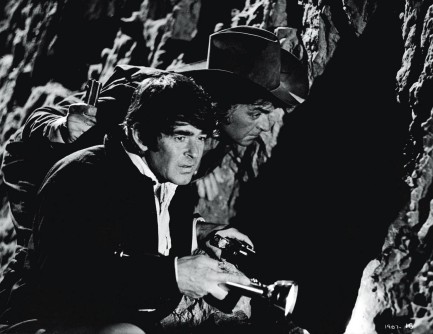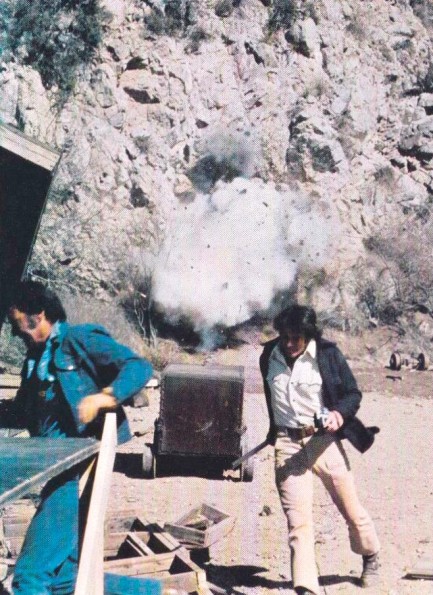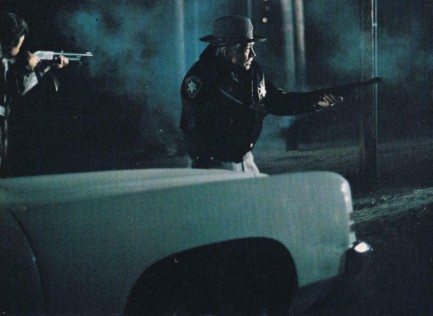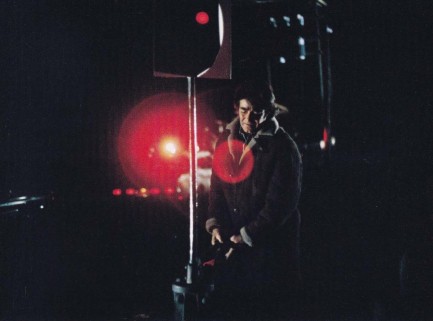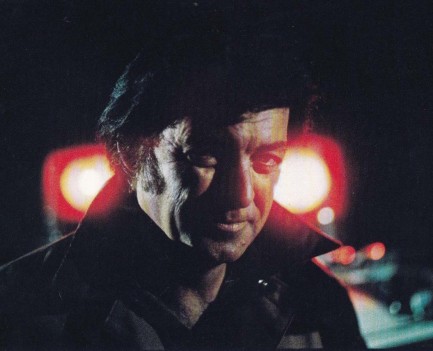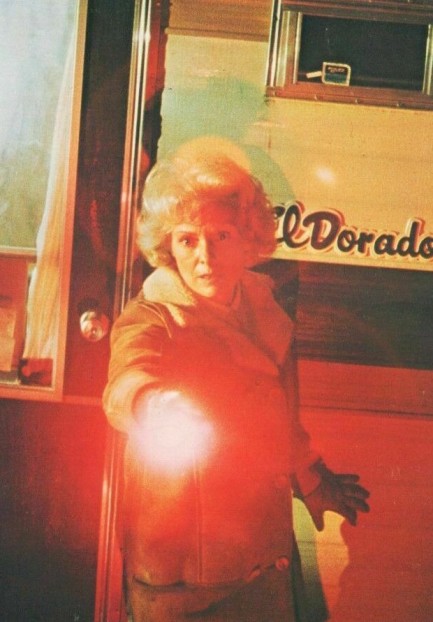| Vintage Pulp | Oct 19 2023 |

Gemser adds a few degrees to the equatorial heat.
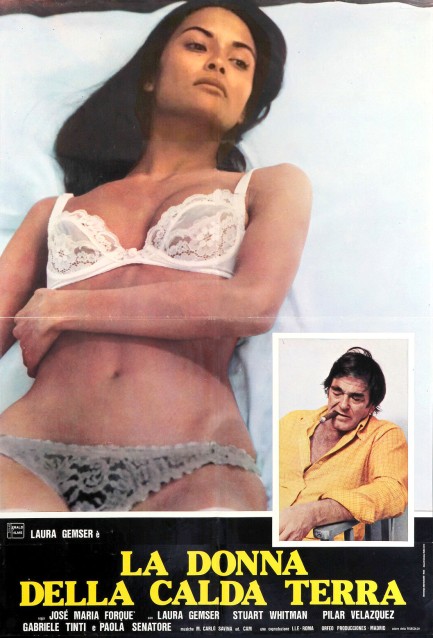
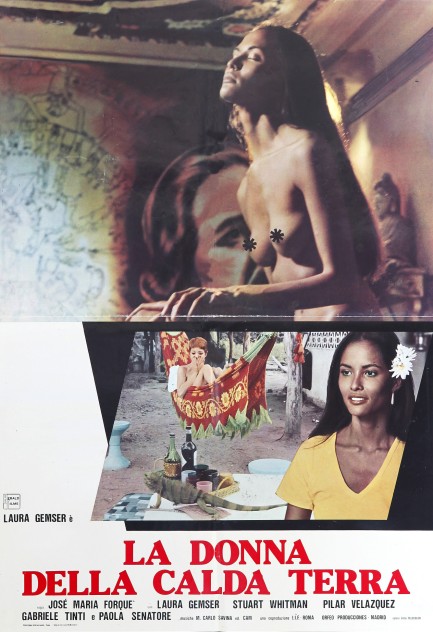
Yup, Laura Gemser again. It's just one of those things. La donna della calda terra premiered in Italy two days after Emanuelle e gli ultimi cannibali, so you get to enjoy her twice this week. Above are two posters for the former film, which was originally made in Spanish and released as La mujer de la tierra caliente, then retitled in English as Emanuelle - A Woman from a Hot Country, and, more succinctly, Fury. By this point Gemser's Emanuelle series had pitted her against everything from slavers to cannibals, but here she headlines something close to a straight drama, as she meets Stuart Whitman while both are hitchhiking the hot backroads of Venezuela. As they sit together in a horse trailer being towed across the country, they tell each other their tragic histories.
We've made fun of the bizarre plots of Gemser's movies, but this attempt at unsensationalistic drama is conceptually flat and the screenplay is terrible. Our favorite line: “Don't pay too much attention to women. We have days in which we see everything distorted.” We'd retort that men have entire lifetimes in which they see everything distorted, which is why the world is fucked. *checking credits* Yeah, the screenplay was written by men. Well, they dropped the ball here, not just because of bad writing, but because—and we never thought we'd say this—Gemser's movies need rampant weirdness to be watchable. So give up being normal and enbrace the bizarre. Bring on the slavers and cannibals. They were sorely missed. After premiering in Spain in July 1978, La donna della calda terra opened in Italy today the same year.
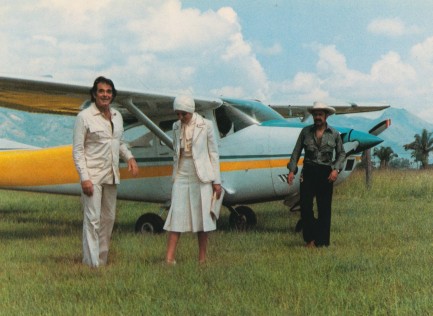
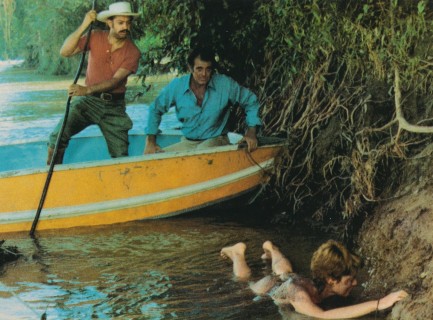
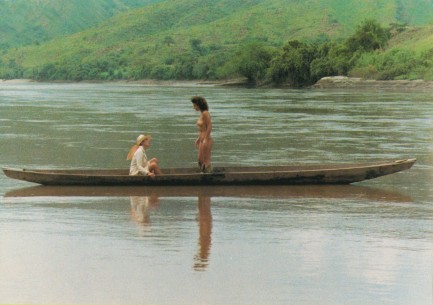
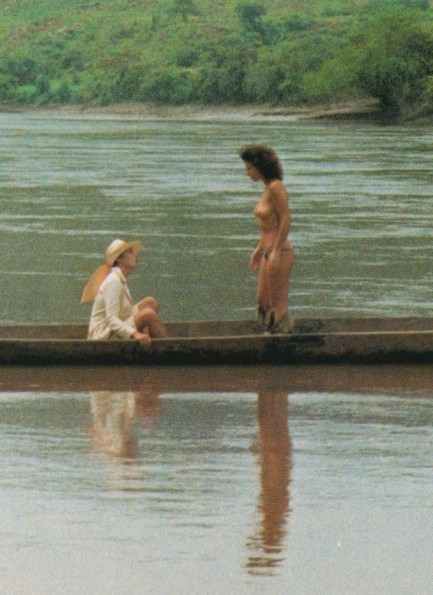

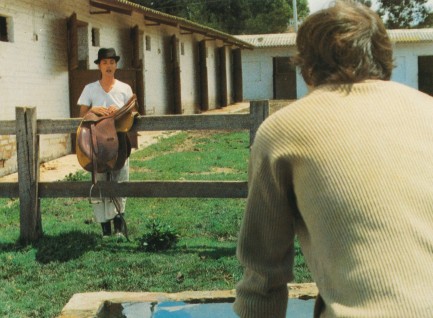
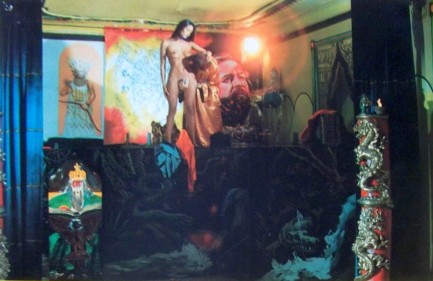



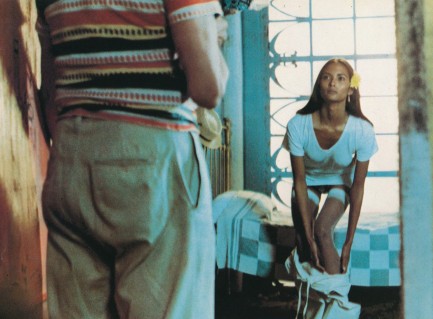
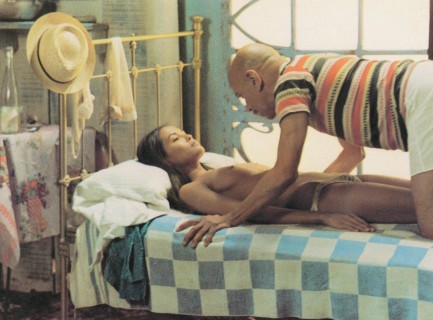

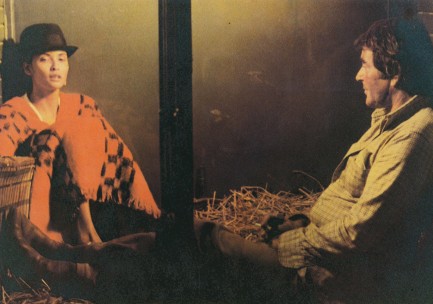
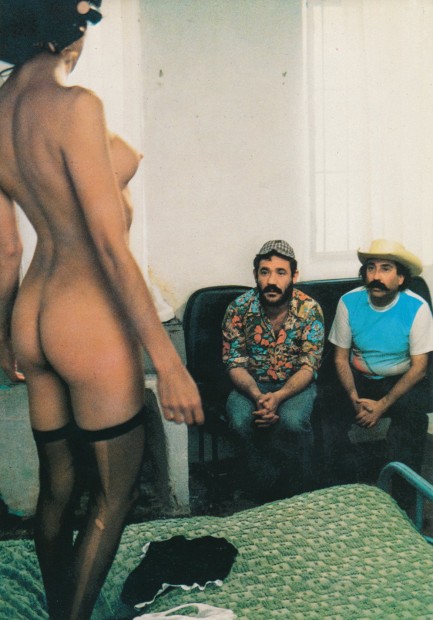


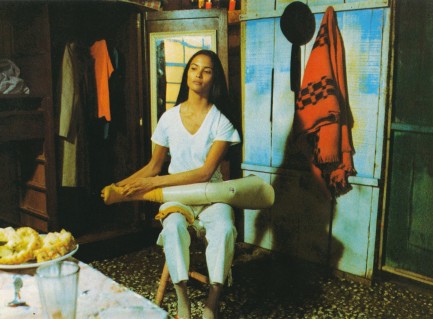
























| Vintage Pulp | Oct 4 2021 |

One small film for sci-fi, one giant Lepus for bad cinema.
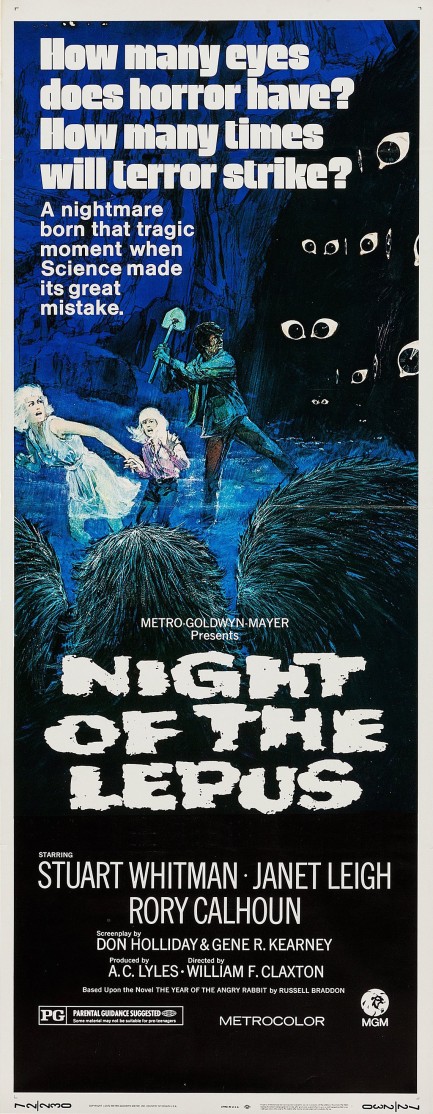
This rare poster was made to promote Night of the Lepus, and those creepy eyes in the dark belong to rabbits. Giant rabbits. Lepus. Makes sense, right? Stuart Whitman, Rory Calhoun, Janet Leigh, and DeForest Kelly, post-Star Trek, star in what is supposed to be an epically bad film, but to us it was more like standard low level sci-fi or horror (take your pick). The special effects drag down the entire enterprise, but that's almost par for the course when it comes to this genre during the time period. We can imagine the actors signing on and being told the special effects would carry the movie. “Yeah, we've got top people on this giant rabbit thing. They'll look totally convincing!” Well, they don't, but neither do the monsters in 90% of vintage sci-fi.
If we had to guess, we'd say one reason people think this film is so bad is that there are numerous inadvertently funny lines of dialogue, for example when Kelly says, “We've got three holes to blow,” and when Chuck Hayward says, “I'm ready to release the gas as soon as they come out.” But the script is coherent, and the acting is more than adequate, so those two positives alone keep this out of the Plan 9 and Starcrash sub-basement category, as it brings to life the story of scientists and ranchers trying to reduce the number of feral rabbits in Arizona. Researchers Whitman and Leigh turn to hormones to shut off the bunnies' breeding capabilities, but this accidentally causes them to grow to enormous size—and makes them hopping mad too. In short order they overrun the nearby town and all the humans are fleeing for their lives.
Yes, the movie is silly. It's a clinic in the limited utility of forced perspective for trying to make believable monsters, an endeavor additionally undermined by the inconvenient fact that giant bunnies are still cute. But can you really pass up the chance to see Bones from Star Trek ambling around the high desert? And Janet Leigh is always sight to behold, here settling deep into an elegant milfhood, forty five with a cotton candy afroperm that she makes look as regal as a platinum crown. Epically bad? It's bad alright, mainly because it lacks distinction. But maybe you should just watch it and decide for yourself where it ranks. Night of the Lepus premiered today in 1972.
